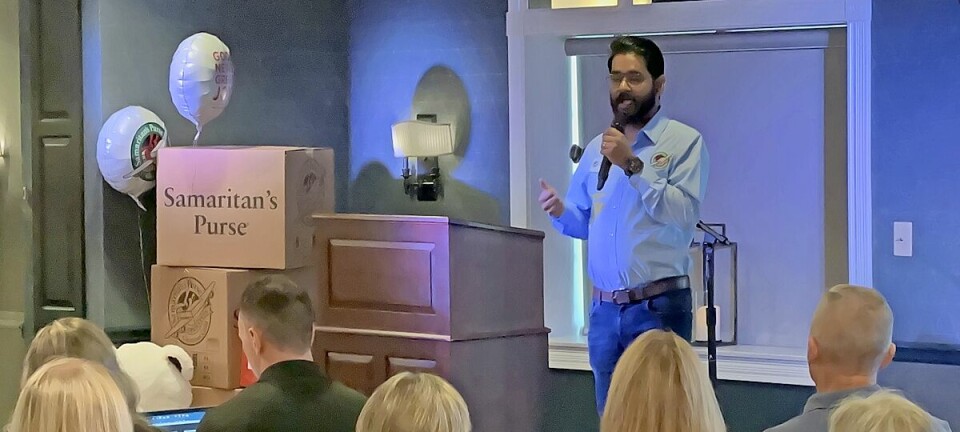Holmes County wage survey provides key insights

Ask just about any business owner about what challenges their company faces that are the most pivotal, and many of them will respond that the difficulties in hiring and keeping quality employees rank as one of the biggest challenges they face.
Mark Leininger, executive director of the Holmes County Economic Development Council, has been hard at work developing a survey that may well provide insight into the travails or complications owners face in hiring today.
According to Leininger, many local business owners cite difficulties in hiring and retaining workers as the biggest challenge facing their businesses in today’s business climate.
As a result, owners have requested wage information to help inform their compensation offerings and ensure that they can remain competitive in a tight labor market, and Leininger was more than ready to create an avenue that would not only explore the various challenges in hiring but would also initiate a survey that will provide valuable information and resources for the survey’s participants.
The Holmes County Economic Development Council partnered with the economic development professionals at The Ohio State University to create a wage and benefit survey. The survey is designed to elicit compensation information in connection with 40 different employment positions. The wage and benefit information gleaned from the survey will be analyzed and presented in a written report that could serve as a valuable service for business owners seeking to hire.
The businesses targeted are in the realm of construction, production, maintenance, retail, hospitality and food services, and while all questions may not be pertinent to each company, participants can opt to answer only the questions that pertain to them.
“This is the third wages survey I’ve done, and we try to improve it each time we offer one, and in working with The Ohio State University, they have the software available for the survey, and we try to include relevant positions,” Leininger said. “We ask for feedback in ways to improve, and that allows us to add questions pertaining to vital positions people want to know more about.
“Without this type of gathered information, it’s kind of a guessing game as to what our wage and benefits look like in a given industry. It’s all word-of-mouth and conjecture what people think is competitive. This can give us real, hard facts about what it really looks like.”
He added that they tried to simplify the survey to make it quick and easy to fill out.
This new edition has seen them streamline the survey even further, and Leininger said the idea is to provide business owners with information that helps them create competitive compensation for their employees.
“So many people are telling us the single biggest challenge is hiring people,” Leininger said. “To be able to evaluate what wages and benefits should be is a remarkable tool to have at their disposal.”
Leininger said that all survey responses are maintained by the HCEDC and OSU in strict confidence and will not be disclosed to any other parties. For purposes of preparing the survey report, all data will be aggregated, so that no individual business information will be identifiable or ascertainable from the report.
As is the case in any survey, the more responses Leininger receives, the more valuable the information becomes.
“The more responses we receive, the greater the reliability and accuracy of the survey report,” he said. “By participating in the survey, people can help ensure that local business owners get the information they need to remain competitive in the world of hiring and keeping employees.”
All participants will be entitled to receive an advance copy of the report, free of charge.
Not only did Leininger send out the survey to past participants and those businesses he works with, but he also teamed up with the Holmes County Chamber of Commerce and Tourism partners as well as members of the Ohio Hardwood Association.
“The hope is to get as extensive coverage as possible,” Leininger said. “We benefit the most when we get the best possible participation that paints the true picture of what our wages and benefits look like in the area.”
All of the results are based on the median responses, thus, the information shared keeps all of those responding in confidence, with no identifying information released.
“This type of information can be so valuable to business owners struggling to find and maintain employees,” Leininger said. “I can’t stress enough how all of this personal, individual information from each participating business will be kept in complete confidence. We want to help our companies remain competitive.”
Anyone wishing to participate in the survey so they can quickly receive the results may do so by logging on to https://go.osu.edu/hcwagesurvey. Participants can also call Leininger at 330-763-2954.
























